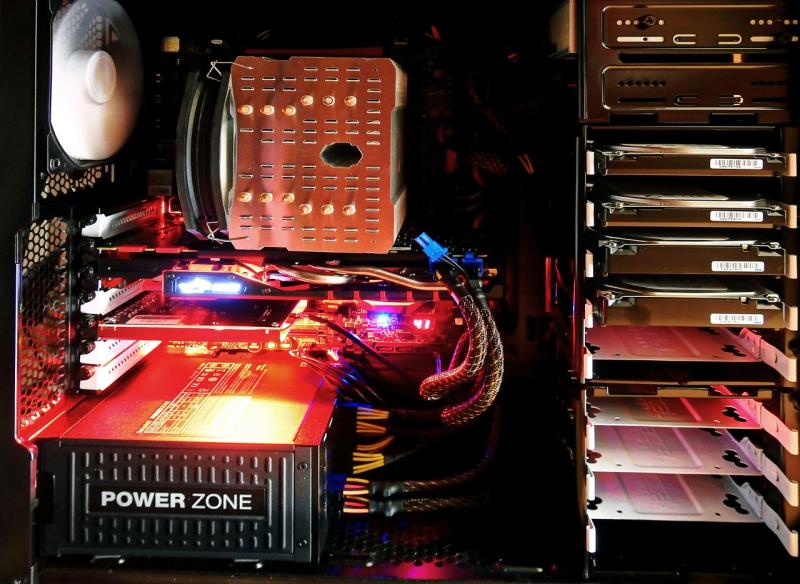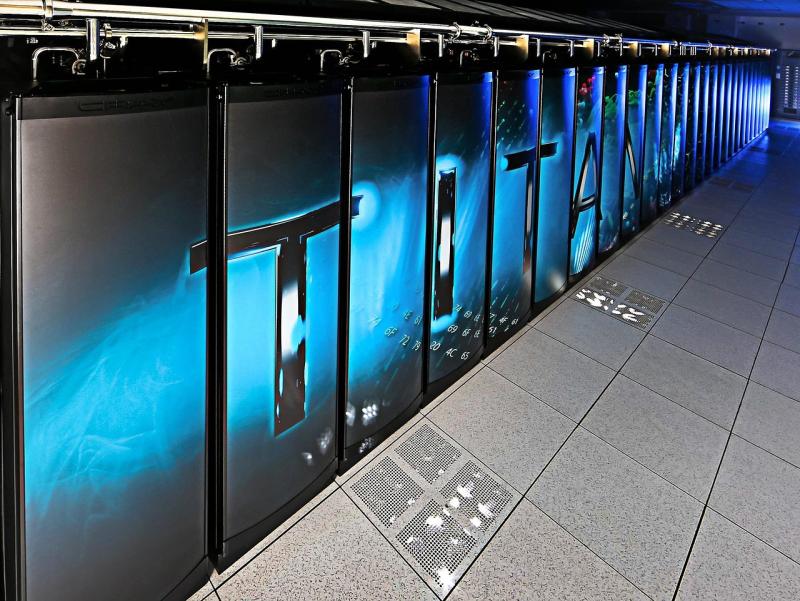### **Gaming vs. Workstation Motherboards: Choose the Perfect Fit for You**
When building or upgrading your PC, selecting the right motherboard is one of the most important decisions you’ll make. Motherboards are the backbone of any computer system, dictating compatibility, performance, and functionality. However, the specific needs of gamers and workstation professionals differ significantly, and choosing the wrong motherboard can limit your PC’s potential.
In this guide, we’ll compare gaming and workstation motherboards, highlighting their key features, unique advantages, and considerations to help you make the perfect choice.
---
### **The Role of the Motherboard in PC Performance**
The motherboard connects and coordinates all the components in your PC, such as the CPU, GPU, RAM, storage, and peripherals. While both gaming and workstation motherboards share a basic purpose, their designs are tailored for different types of workloads and user priorities.
1. **Gaming Motherboards**: Optimized for speed, graphics, and overclocking, these motherboards focus on delivering the ultimate gaming experience. They support high-performance components and often include eye-catching aesthetics.
2. **Workstation Motherboards**: Built for reliability and multitasking, workstation motherboards are designed to handle intensive professional applications, offering advanced features for productivity and stability.
---
### **Key Features of Gaming Motherboards**
Gaming motherboards are engineered to provide an edge in performance, particularly in visually demanding games. Here are some standout features:
- **High-Speed Chipsets**: Gaming motherboards come with chipsets that support fast processors and RAM, enabling higher frame rates and faster load times.
- **PCIe Compatibility**: PCIe 4.0 and PCIe 5.0 slots ensure faster communication between GPUs and the system, supporting cutting-edge graphics performance.
- **Overclocking Capabilities**: Gamers can push their systems to the limit with BIOS features that allow for CPU and GPU overclocking.
- **RGB Customization**: Gaming motherboards often include integrated RGB lighting and headers for syncing with other components.
- **Advanced Networking**: Low latency is crucial in gaming, so these motherboards often come with Wi-Fi 6/6E and fast Ethernet ports for smooth online gameplay.
- **Premium Audio**: Enhanced onboard audio delivers immersive sound quality, improving the overall gaming experience.
---
### **Key Features of Workstation Motherboards**
Workstation motherboards prioritize functionality, reliability, and scalability for professional environments. These are their defining characteristics:
- **Multi-Core Processor Support**: Workstation boards are compatible with high-core-count CPUs to handle resource-intensive tasks like video editing and 3D rendering.
- **ECC RAM Compatibility**: Error-Correcting Code (ECC) memory corrects data errors, ensuring reliability for applications that demand high levels of accuracy.
- **Expanded PCIe Lanes**: Support for multiple GPUs, RAID controllers, and expansion cards allows for enhanced productivity and flexibility.
- **Comprehensive Storage Options**: Workstation boards offer numerous storage interfaces, including NVMe SSDs and SATA ports, for high-speed data access and large storage capacity.
- **Long-Term Stability**: Workstation motherboards are built to operate efficiently under sustained heavy loads, making them ideal for extended use.
- **Advanced Connectivity**: Thunderbolt, USB-C, and dual Ethernet ports are often standard, catering to professional workflows.
---
### **Comparison: Gaming vs. Workstation Motherboards**
| **Feature** | **Gaming Motherboards** | **Workstation Motherboards** |
|-----------------------------|----------------------------------------------------|----------------------------------------------------|
| **Focus** | High-speed gaming performance and visuals | Stability, scalability, and multitasking |
| **CPU Compatibility** | Optimized for gaming CPUs with overclocking | Supports high-core-count processors |
| **Memory** | High-speed RAM with flashy aesthetics | ECC RAM support for data reliability |
| **PCIe Slots** | 1-2 slots for GPUs | Multiple PCIe lanes for GPUs, storage, and more |
| **Networking** | Advanced Wi-Fi and low-latency Ethernet | Dual Ethernet and professional-grade connectivity |
| **Aesthetics** | RGB lighting and customizable designs | Minimal, professional designs |
---
### **Choosing the Perfect Fit**
To decide between a gaming or workstation motherboard, ask yourself the following:
1. **What Is Your Primary Use?**
- If your focus is gaming, prioritize features like GPU compatibility, overclocking, and networking.
- For professional tasks, prioritize stability, multitasking, and expandability.
2. **What Components Will You Use?**
- Gamers should look for motherboards compatible with high-performance GPUs and gaming CPUs.
- Workstation users need support for multi-core CPUs, ECC RAM, and multiple storage drives.
3. **Are Aesthetics Important?**
- Gaming motherboards often feature RGB and sleek designs to enhance the visual appeal of your build.
- Workstation motherboards are more function-focused, with minimal design elements.
4. **What’s Your Budget?**
- High-end gaming motherboards often include extra features that elevate the gaming experience.
- Workstation motherboards with premium features like ECC memory support can be an investment for professionals.
---
### **Conclusion: Tailoring Your Build for Success**
The choice between a gaming and workstation motherboard ultimately depends on your specific needs and goals. Gaming motherboards deliver speed, connectivity, and aesthetic appeal for an immersive experience, while workstation motherboards provide stability, scalability, and reliability for professional tasks.
By understanding the differences and features of each type, you can choose a motherboard that ensures your PC performs at its best, whether for gaming adventures or professional achievements.
View our related products
See more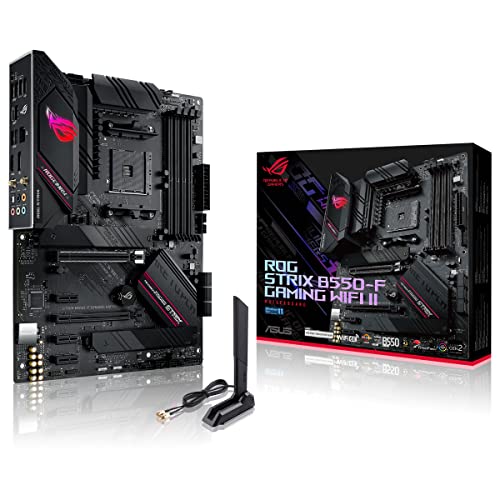
ASUS ROG Strix B550-F Motherboard
Asus
Product Review Score
4.48 out of 5 stars
227 reviews€224.00 €163.42
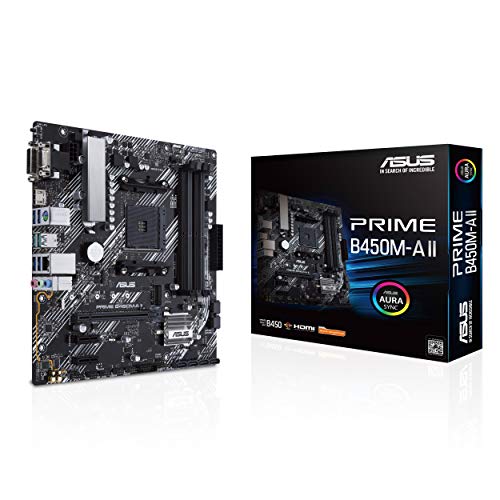
ASUS Prime B450M Motherboard
Asus
Product Review Score
4.63 out of 5 stars
137 reviews€90.58 €64.89
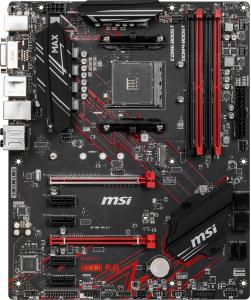
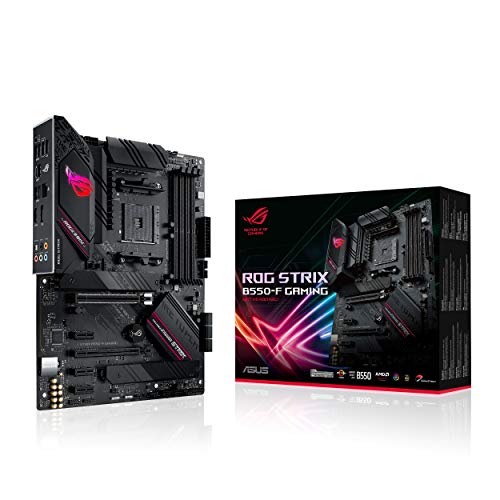
ASUS ROG Strix B550-F Motherboard
Asus
Product Review Score
4.41 out of 5 stars
170 reviews€193.89 €143.70
Gaming vs. Workstation Motherboards: Choose the Perfect Fit for You
When building or upgrading your PC, selecting the right motherboard is one of the most important decisions you’ll make.
Related Articles
Essential High-Performance PC Components You Need Now
Upgrade your setup with the must-have parts for unbeatable gaming and productivity
Top Picks for Best High-Performance PCs
Find the perfect power machine for gaming, work, or creative projects
Your Guide to the Best High-Performance PCs
Find the Right PC for Your Gaming and Creative Needs
View our related products
See more
ASUS ROG Strix B550-F Motherboard
Asus
Product Review Score
4.48 out of 5 stars
227 reviews€224.00 €163.42

ASUS Prime B450M Motherboard
Asus
Product Review Score
4.63 out of 5 stars
137 reviews€90.58 €64.89


ASUS ROG Strix B550-F Motherboard
Asus
Product Review Score
4.41 out of 5 stars
170 reviews€193.89 €143.70
